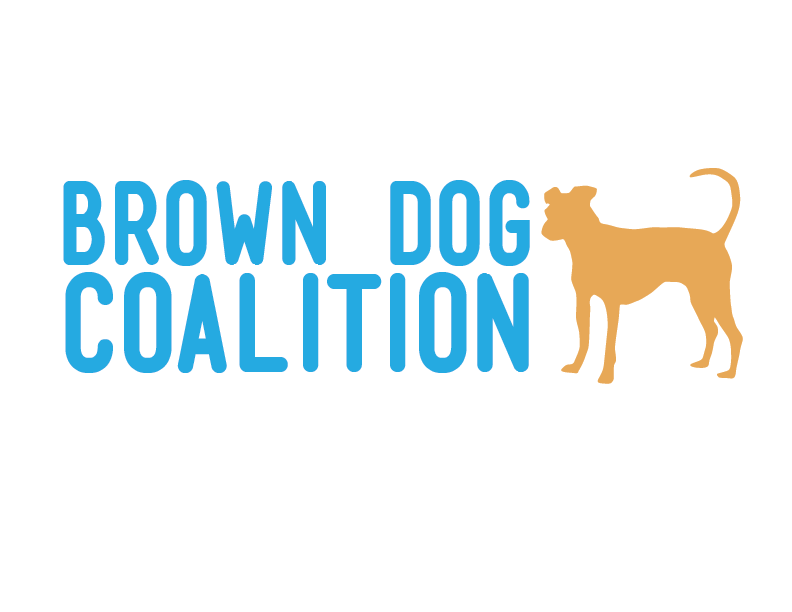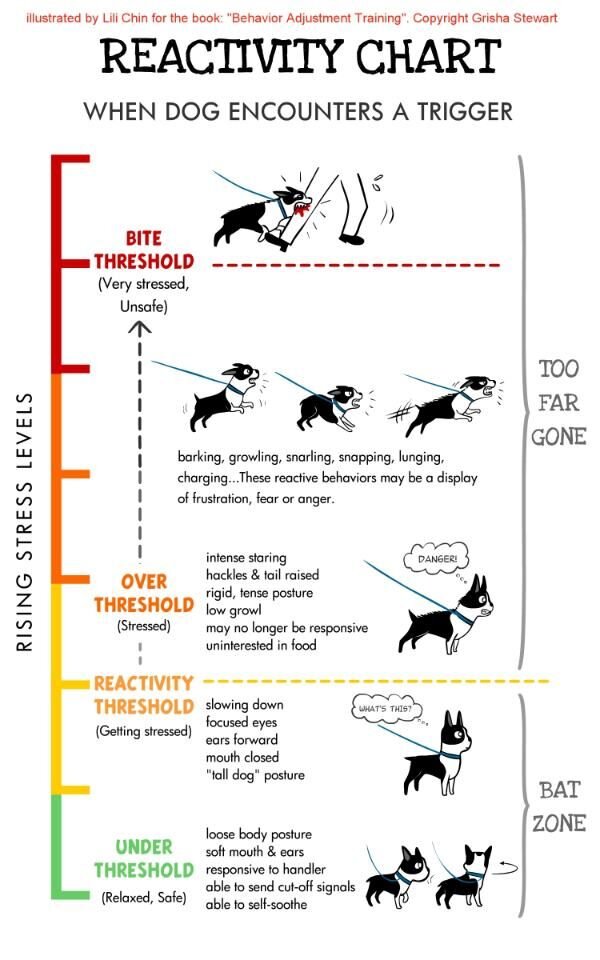Tips for Walking a Reactive Dog
If you have had, or have fostered, a reactive dog, you know the struggle. You plan your walks to be on a quiet road or trail, at a low-traffic time of day, when no one else is supposed to be around, but suddenly, someone (or someone's dog) is charging towards you with "all dogs love me" or "my dog's friendly" energy. What now?
Eileen Anderson's advice is to leave before they get started, if you can. In her latest article, Eileen explains there is no perfect way to avoid this social pressure, but there are some tips we can carry with us to prepare for these types of interactions.
Eileen's tips:
• Teach your dog a Let’s Go cue or an Emergency U-Turn cue.
• Leave the scene far earlier than you think you need to, and don’t engage with the human at all.
• Pick the appropriate body language or combination: There is nothing in the world besides me and my dog / We have urgent business elsewhere
• If you feel you must, you can shout an apology or excuse over your shoulder while you are getting out of Dodge. “Can’t-talk-right-now-bye!” But be sure you are at a safe distance and can continue your escape before you say anything, lest you get sucked in.
Our additions:
• Make bringing treats on walks as important as brining poop bags. Treats bag, fanny packs, and chalk bags work great for toting around tasty things!
• Enlist the help of a certified, positive-reinforcement dog trainer (if you need recommendations, email us!)
• A rehearsed phrase can come in handy, like, "We're training right now," or something even more direct like, "She doesn't like to meet on leash."
• Step out of the way and add, "We'll wait for you to pass," for emphasis. Focus on your dog and look busy while you give them lots of treats.
• Search for free resources that teach you alternative behaviors for your reactive dog like Dr. Sophia Yin’s Foundation Exercises for Your Leash-Reactive Dog or Choose Positive’s Engage-Disengage Game.
• Learn more about your dog! Whole Dog Journal has a comprehensive blog post about Causes of Reactive Dog Behavior and How to Train Accordingly.
• Familiarize yourself with the reactivity chart to identify when your dog is under or over threshold. Dogs are only able to learn if they are under threshold, so keep that in mind if/when you are making a real life situation into a learning opportunity. Sometimes it’s safest to move to the side, turn around, or call the person off directly.
Although having a dog can come with social perks, that isn't the reality for some of our wonderful canine companions, and that is okay. We don't have to greet strangers on our walks, particularly with a reactive dog. Giving ourselves and our dogs permission to opt out of stress-inducing situations is the kindest thing we can do—and having a plan of what to do or say makes opting out easier.
“
Giving ourselves and our dogs permission to opt out of stress-inducing situations is the kindest thing we can do.



